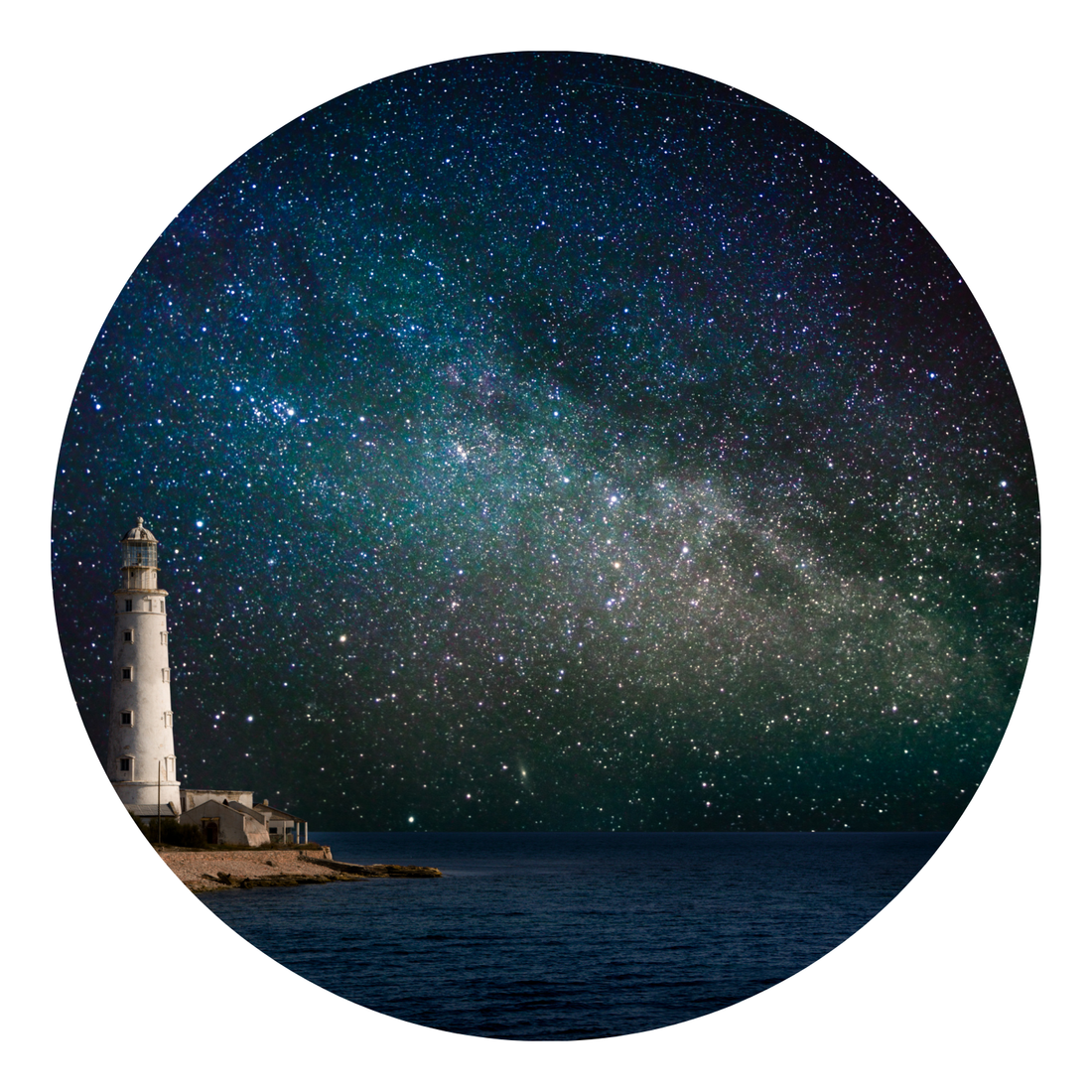
The Meaning Behind the Name: The Wayfinder Journal
Wayfinding is the ancient art of navigation using only nature as your guide. Entire civilisations have owed their existence to the migratory cultures who founded them using the wisdom of wayfinders - not least the Roman Empire (if you believe Virgil’s tale of Aeneas’ epic adventure from his home, the ruins of Troy, to the shores of Italy). The indigenous peoples of Australia used the stars to map their way across the continent; the Bedouin nomads journeyed across the deserts of North Africa, Egypt, Israel and the Arabian Peninsula using the stars and sand dunes to steer their course; Sacagawea, the Shoshone wayfinder, interpreter, and guide on the Lewis and Clark expedition, was the first person to chart the path westward to the Pacific (and gave birth along the way); and inuits navigated across tundra, glaciers, and the Arctic Ocean using environmental knowledge that had been passed down orally through generations.
Some of the most famous wayfinders in human history were ancient Pacific Islanders and the Polynesians who discovered Hawaii - travelling just under 4,000 kilometres across the Pacific Ocean from the Marquesas Islands 1,500 years ago. The skill all but disappeared owing to Christian colonisation, which banned canoe travel and enforced the use of navigational technology, such as compasses, rather than cultural tradition. Thankfully, several attempts have been made to reintroduce the skill in recent years, and there are numerous groups dedicated to teaching the art of wayfinding throughout the Pacific.

Polynesians were a migrating island people, so learning sea navigation was essential - they had mastered the skills we hope to regain over 3,000 years ago. Wayfinding for the island inhabitants of the Pacific required understanding nature’s language and memorising routes across the vast ocean using environmental cues. Those inspired to relearn the art of Pacific sea navigation today begin by studying astronomy. Once they have memorised the night sky and the paths of stars, they learn how to read the swells of the ocean, wind direction, and the habits of sea life as indicators for navigation.

Of course, we can’t discuss wayfinders without mentioning the Norse tribes that settled in Scandinavia - the people we most commonly refer to as Vikings. The term “viking” means “to raid” in Old Norse, whereas “vikingr” describes the professional raiders who pillaged monasteries and coastal settlements (among other areas), in search of wealth, land, and glory. It is important to recognise that, while the viking tradition played a prominent role in Norse culture, the Norse people were primarily traders, farmers, and, most famously, talented explorers. Their expeditions travelled across Europe - through Russia, Azerbaijan, Iran, Constantinople, Baghdad and all the way to North America. They even traded with the merchants along the Silk Road, bringing Eastern wares back to Europe. As a result of this explorative lifestyle, the Vikings formed settlements across the world - from the British Isles, to the Middle East, to America - becoming a melting-pot of ethnicities and cultures.
The Norse utilised a network of river systems to navigate through Europe, but took on some impressive open sea journeys, too. Much like the Polynesian sailors, they used the stars, the sun, and the sea to guide them. They used a sunshadow, a tool which worked in a similar fashion to a sundial, to help calculate their direction, however they relied upon the wayfinder wisdom of their ancestors to navigate the world.

As was common for all of the cultures mentioned here, the Norse experienced the world through two lenses: the physical and the spiritual. Most often, their lived experience of the world around them was either explained by, or connected to, the ethereal. Wayfinding was such an integral element of physical life for the Norse, it was only natural that it would be considered metaphysically, too. The Vegvisir (which translates to wayfinder) is a stave rune which is thought to have originated in Iceland. It is a symbol constructed from runes and it serves as a talisman - a spiritual compass rather than a physical one. The bearer of a Vegvisir charm would be guided emotionally and intellectually through life’s challenges.

Wayfinding is both a practical skill and a spiritual art - those brave enough to shun the convenience of technology and trust in their connection to nature stand to discover the world. Our journals are for all the wayfinders out there who are drawn to explore the unknown: Sketch the view from the mountains you climb, chart the stars that guide your way, and record the wisdom you learn in a journal tough enough to last generations.

Find our Wayfinder Journals here, and our Wayfinder Sketch Journals here.
